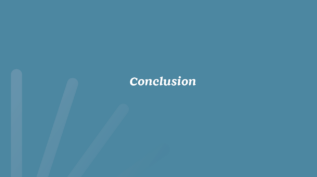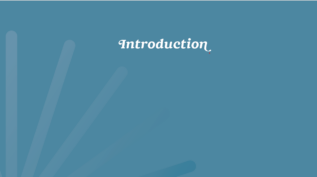
This Guide by Stanford PACS is written for donors who are interested in significant and sustained giving. It was born out of their experience at the Stanford Center on Philanthropy and Civil Society in helping donors improve their philanthropic effectiveness. Although much of the Guide is relevant to philanthropy across the globe, it is focused on donors making gifts to US-registered charities.
Part One: Developing your Plan for Giving


Finding Your Focus
Tool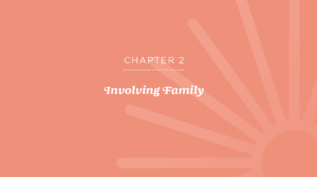
Involving Family
Tool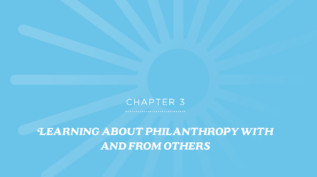
Learning About Philanthropy With and From Others
Tool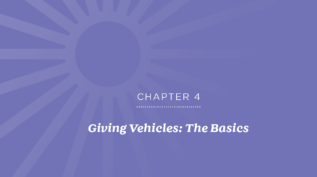
Giving Vehicles: The Basics
Tool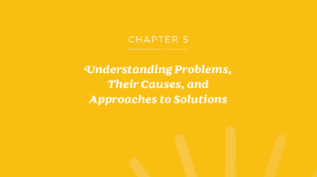
Understanding Problems, Their Causes, and Approaches to Solutions
Tool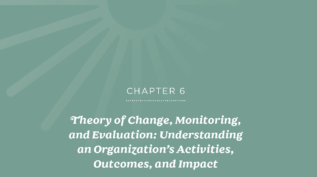
Theory of Change, Monitoring, and Evaluation: Understanding an Organization’s Activities, Outcomes, and Impact
ToolPart Two: Implementing Your Plan
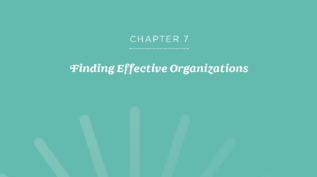
Finding Effective Organizations
Tool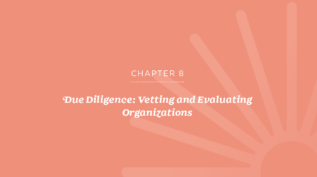
Due Diligence: Vetting and Evaluating Organizations
Tool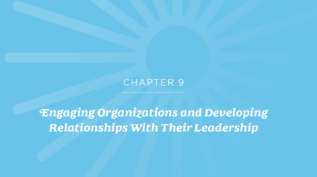
Engaging Organizations and Developing Relationships With Their Leadership
Tool
Making Gifts
Tool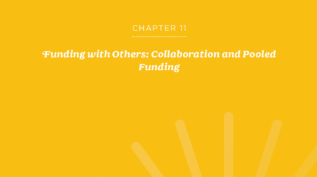
Funding with Others: Collaboration and Pooled Funding
Tool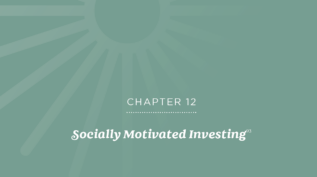
Socially Motivated Investing
Tool